Walnut Tree
- October 9, 2023
- 0 comment
Walnut trees, belonging to the Juglans genus, present a fascinating blend of ecological, economic, and cultural significance. Among the most cultivated species is Juglans regia, known for its delectable English walnuts. Originating from the mountainous terrain of Central Asia, these adaptable trees have found a home in a wide range of temperate climates across the globe. The aesthetic charm of walnut trees lies in their distinctive features — compound leaves that create a lush canopy and rough bark that tells a story of resilience against the elements. Towering in stature, these trees become not just botanical wonders but also transformative elements in landscapes.
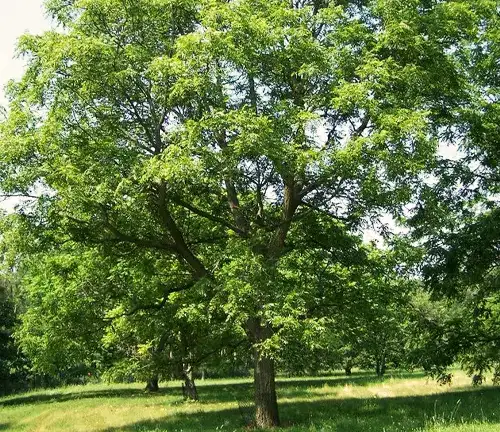
The utility of walnut trees extends beyond their visual appeal. The hardwood they yield is highly prized for its strength and unique grain pattern. This quality wood finds diverse applications, from crafting fine furniture to intricate paneling, and even serving as material for gunstocks. In the realm of agroforestry, walnut trees prove to be ecological assets, contributing to soil health and providing habitats for a variety of species, thus enhancing overall biodiversity.
Walnut trees encompass around 20 deciduous species found across North and South America, southern Europe, Asia, and the West Indies. The English walnut (Juglans regia) is the most widespread and is particularly cultivated for its edible nuts. Additionally, various species of walnut trees are prized for both their nuts and their wood, known for its aesthetic appeal and resilience. Typically ranging from 20 to 40 meters in height, walnut trees boast broad, compound leaves with 5-23 leaflets. The tree’s fruit, a drupe, houses the coveted walnut kernel—an excellent source of protein, healthy fats, and fiber.
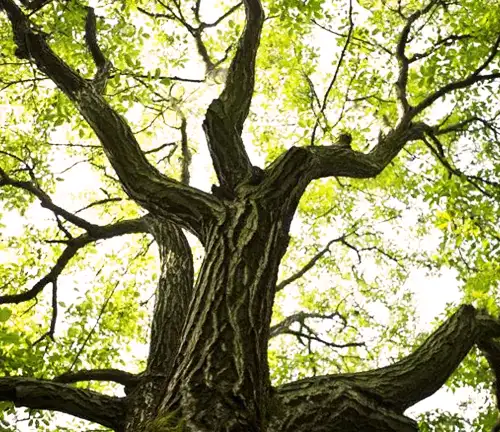
Cultivating walnut trees is relatively straightforward, as they thrive in full sun with well-drained soil and exhibit a degree of drought tolerance. Propagation methods include seed planting and grafting. Beyond their nutritional contributions, walnut trees are valuable for the ecological benefits they provide. They offer shade, serve as a food source, and create habitats for wildlife. Moreover, the prized wood from walnut trees is utilized in crafting various products, ranging from furniture and cabinetry to musical instruments, underscoring the diverse and enduring appeal of these remarkable trees.
| Specification | Description |
| Type of tree | Deciduous |
| Growth rate | Medium-fast |
| Scientific Name | Juglans |
| Family | Juglandaceae |
| Height | 33–131 ft. |
| Sun exposure | Full sun to partial shade |
| Soil type | Well-drained, fertile loam |
| Fruiting age | 5-7 years |
| Harvest time | Fall |
Brief History
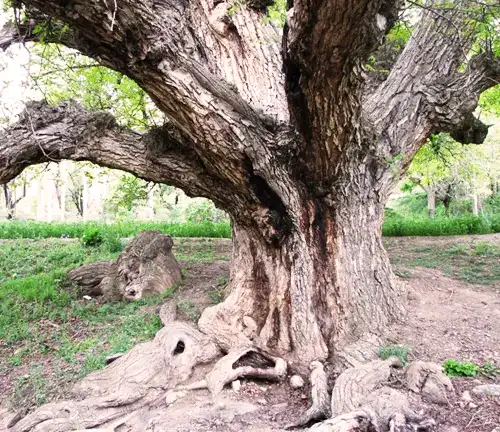
The walnut tree Juglans, has traversed the epochs, leaving its mark on human history. Originating in the mountainous regions of Central Asia, this majestic tree has been cultivated for millennia. Its journey spans ancient civilizations, from the Greeks and Romans to the Persians and beyond. Through trade routes and explorations, the walnut tree found its way to diverse corners of the world, becoming a symbol of both sustenance and refinement.
Color/Appearance
With a stately presence, the walnut tree boasts a rich, dark brown heartwood and a lighter, often creamy sapwood. The wood, prized for its exquisite grain patterns, ranges from straight to wavy, captivating artisans and woodworkers alike. Its lustrous finish adds a touch of elegance to furniture, flooring, and musical instruments.
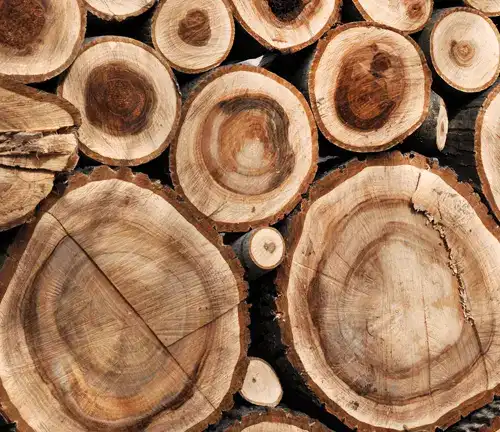
Unique Features
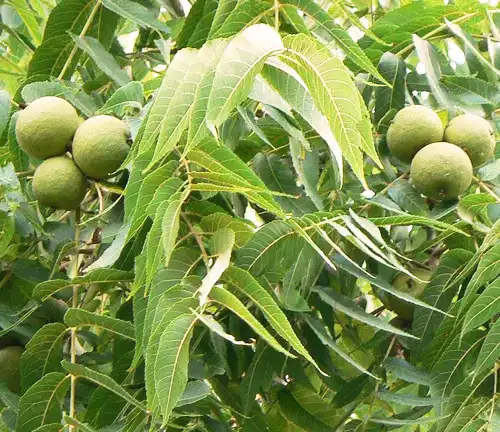
What sets the walnut tree apart is not just its wood but also its leaves and fruits. The compound leaves, composed of distinct leaflets, form a delicate, airy canopy. Meanwhile, the walnut itself, encased in a thick, green husk, protects the precious seed within, showcasing the tree’s evolved method of propagation.
Ecological Importance
The walnut tree plays a pivotal role in ecosystems. As a keystone species, it provides habitats for diverse wildlife, enriches soil through leaf litter, and prevents erosion with its robust roots. Crucially, it aids in carbon sequestration, combating climate change.
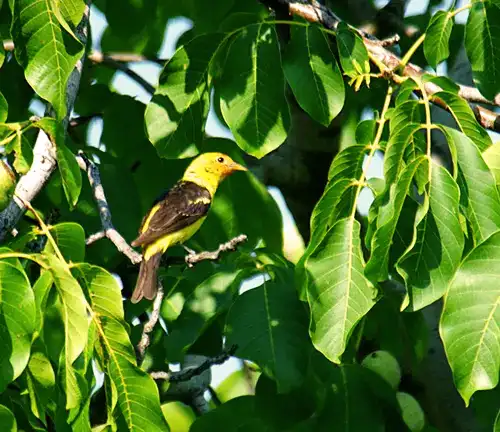

Its nuts sustain a variety of wildlife, promoting biodiversity. Beyond this, the walnut tree regulates water cycles, fostering habitat connectivity. In its silent presence, this tree emerges as an ecological guardian, emphasizing the need for conservation to preserve its multifaceted contributions to the environment.
Adaptation and Resilience
One of the walnut tree’s remarkable qualities is its adaptability. From temperate climates to well-drained soils, it thrives in diverse conditions. Its resilience is further evident in its ability to withstand pests and diseases, making it a hardy and enduring species.
Cultivation and Care
Cultivating a walnut tree demands patience and attention. Adequate spacing, well-drained soil, and strategic pruning are essential elements of successful cultivation. Patience is rewarded as the tree matures, bearing fruit after several years, and offering a tangible reminder of the cyclic nature of life.
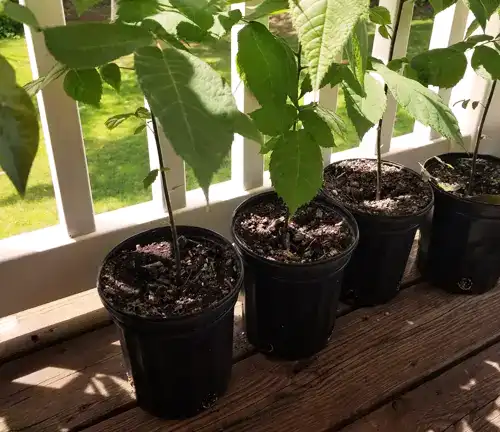
Life Cycle
The walnut tree’s life cycle is a testament to the marvels of nature. Starting as a humble seed, it evolves into a sapling, growing into a towering tree over the years. With each season, it undergoes transformations, from the blossoming of delicate flowers to the development of the iconic green husks that eventually yield the prized nuts.
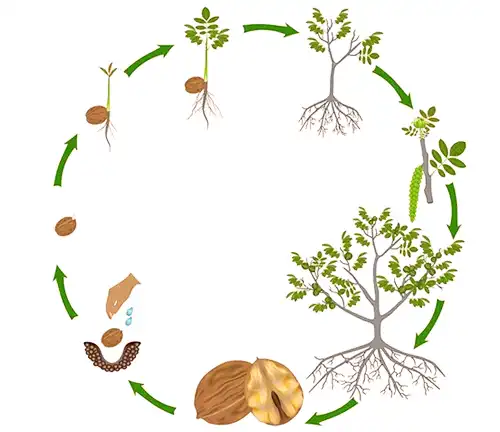
Cultural and Historical Significance
Embedded in the annals of culture and history, the walnut tree has held symbolic significance for various societies. From the ancient Greeks associating it with wisdom to the Romans using its wood for sacred rites, the tree has woven itself into the fabric of human civilization. Its cultural importance persists in literature, art, and folklore, reflecting a deep-rooted connection.
Wood Products and Applications
The walnut tree’s wood is a testament to nature’s artistry. Craftsmen cherish it for creating furniture, cabinetry, and veneers. Its use extends to the realm of music, as it forms the body of fine string instruments, producing warm and resonant tones that captivate musicians and listeners alike.


Other Uses
Beyond its timber, the walnut tree offers various other practical uses. The leaves and husks are harnessed for medicinal purposes, possessing anti-inflammatory properties. Additionally, the oil extracted from walnut kernels finds application in culinary and cosmetic realms, adding another layer to the tree’s versatility.


Threats and Conservation
Despite its resilience, the walnut tree faces threats. Habitat destruction, climate change, and invasive pests pose challenges to its survival. Conservation efforts are crucial to preserving this species, involving sustainable harvesting practices, habitat restoration, and public awareness initiatives.
Benefits
The benefits of the walnut tree extend far beyond its tangible products. It contributes to biodiversity, enriches soil quality, and provides shade and habitat for various creatures. Its nuts are a nutrient-dense food source, promoting human health. Recognizing and fostering these benefits is essential for sustainable coexistence.
Common Types of Walnut Tree
English Walnut (Juglans regia)
The English Walnut, also known as the Persian Walnut, is a deciduous tree with a broad canopy. Its pinnately compound leaves give it an elegant appearance. The tree produces thin-shelled nuts with a mild, sweet flavor. The wood is prized for its fine grain and is often used in the crafting of furniture and veneers.
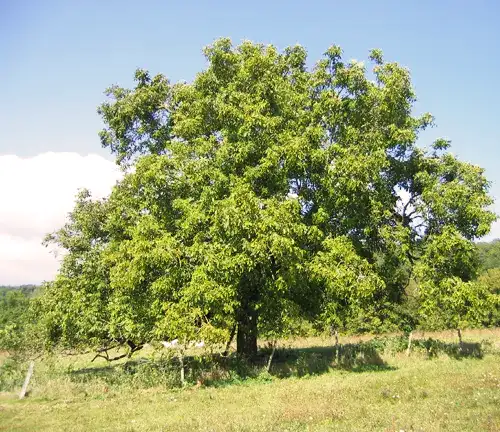
Black Walnut (Juglans nigra)

Native to North America, the Black Walnut is a tall, deciduous tree with a straight trunk and a spreading canopy. The nuts are round with a hard, thick shell and have a rich, distinctive flavor. The dark-colored hardwood is highly valued for its use in fine furniture, cabinetry, and woodworking.
Butternut (Juglans cinerea)
Also known as White Walnut, the Butternut tree is characterized by its compound leaves and a spreading, open canopy. It produces elongated, oval nuts with a mild, buttery flavor. The wood is light in color and softer than Black Walnut, making it suitable for carving and woodworking.
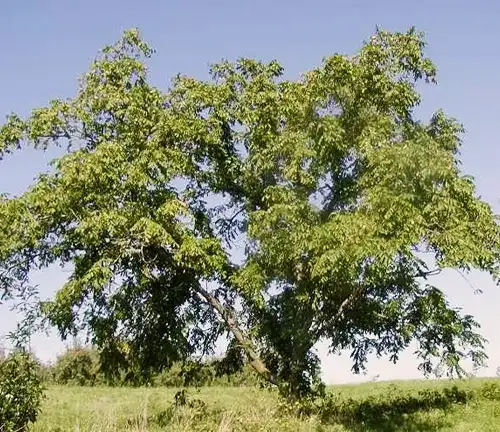
Japanese Walnut (Juglans ailantifolia)
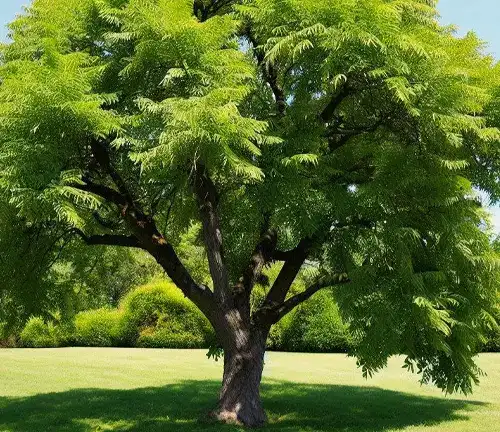
Commonly known as Heartnut, the Japanese Walnut is a deciduous tree with compound leaves and a rounded canopy. It bears heart-shaped nuts and is valued for both its ornamental appearance and nut production. The flavor of the nuts is similar to English Walnuts but is often considered milder.
Manchurian Walnut (Juglans mandshurica)
Native to Eastern Asia, the Manchurian Walnut is a medium-sized deciduous tree with compound leaves. It produces large, round nuts with a mild flavor. This tree is often grown for its ornamental value in addition to its nut production. It is known for its adaptability to various soil conditions.
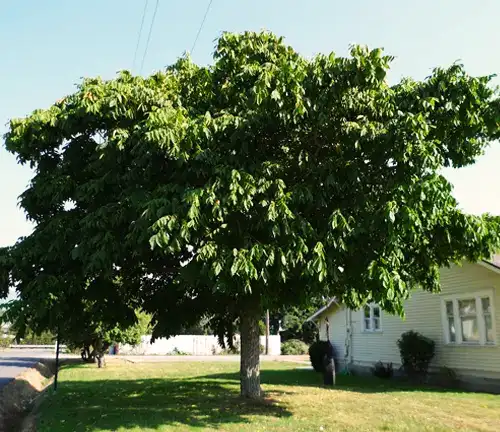
Conclusion
In the tapestry of nature, the walnut tree stands as a testament to adaptation, resilience, and cultural interconnectedness. From its humble origins to its widespread cultivation, this majestic tree has embedded itself in the human story. As we appreciate its woodcraft, savor its fruits, and marvel at its ecological contributions, let us also take on the responsibility of safeguarding the walnut tree for generations yet to come.
Frequently Asked Questions (FAQs)
- Do walnut trees produce walnuts every year?
No, walnut trees typically do not produce nuts annually. The fruiting pattern varies, and they often follow a biennial or irregular cycle. Factors such as weather conditions, tree health, and environmental stressors can influence the frequency and abundance of walnut production. - Are all walnut trees the same?
No, there are several species of walnut trees, each with its unique characteristics. The most common cultivated species is Juglans regia, also known as the English or Persian walnut. Other species, like the black walnut (Juglans nigra) and the white walnut or butternut (Juglans cinerea), have distinct features, including different nut flavors and wood properties. - Can walnut trees be grown in any climate?
While walnut trees are adaptable, they thrive in temperate climates with distinct seasons. They require a chilling period during winter to produce nuts successfully. Extreme temperatures, either too hot or too cold, can affect pollination and overall tree health. Proper selection of walnut varieties and suitable planting locations are crucial for successful cultivation. - Why do walnut trees release a chemical that can harm other plants?
Walnut trees produce juglone, a natural chemical that inhibits the growth of certain plants around them. This is a form of allelopathy, a biological phenomenon where a plant releases chemicals to suppress the growth of competing vegetation. Juglone-sensitive plants, like tomatoes and potatoes, may struggle to thrive near walnut trees due to this chemical interference. - How long does it take for a walnut tree to mature and produce nuts?
Walnut trees are known for their slow growth. Typically, they reach maturity and start producing nuts between 6 to 10 years after planting. However, the exact time can vary depending on factors such as the walnut tree variety, local climate, soil conditions, and the care provided during cultivation.


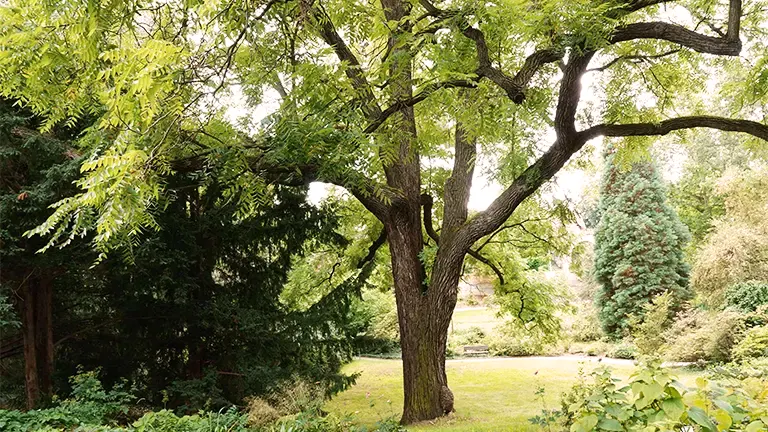

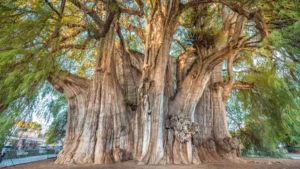

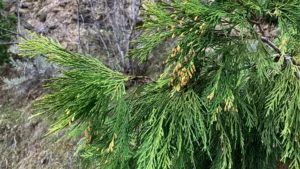
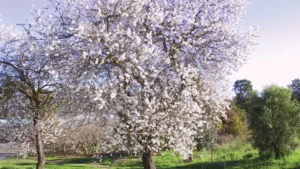

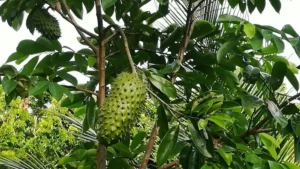


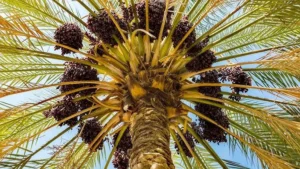
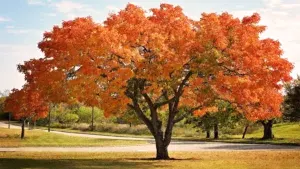
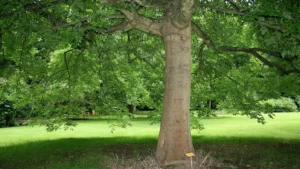

Leave your comment